How can the 2020 federal budget support wildlife?
In the past, Canada’s wildlife and habitats were easily overlooked in the federal budget. To give a voice to our country’s wild species and spaces, environmental groups formed the Green Budget Coalition in 1999. Today, the GBC is comprised of 22 of Canada’s leading environmental and conservation organizations – including the Canadian Wildlife Federation. Every year, the GBC advocates for investments in environmental and wildlife conservation by providing the government with strategic recommendations.
Canada and the rest of the world is facing a climate emergency and biodiversity crisis. In Recommendations for Budget 2020, the GBC urges the Government of Canada to invest in effective action during this critical time. Fortunately, the Government of Canada has already taken action on several of these recommendations, thanks to the work of CWF and other conservation groups through the GBC.
Here is a brief look at a few of the recommendations in this year’s report that aim to conserve our wildlife and the habitats they call home.
Conserving Canada’s Birds
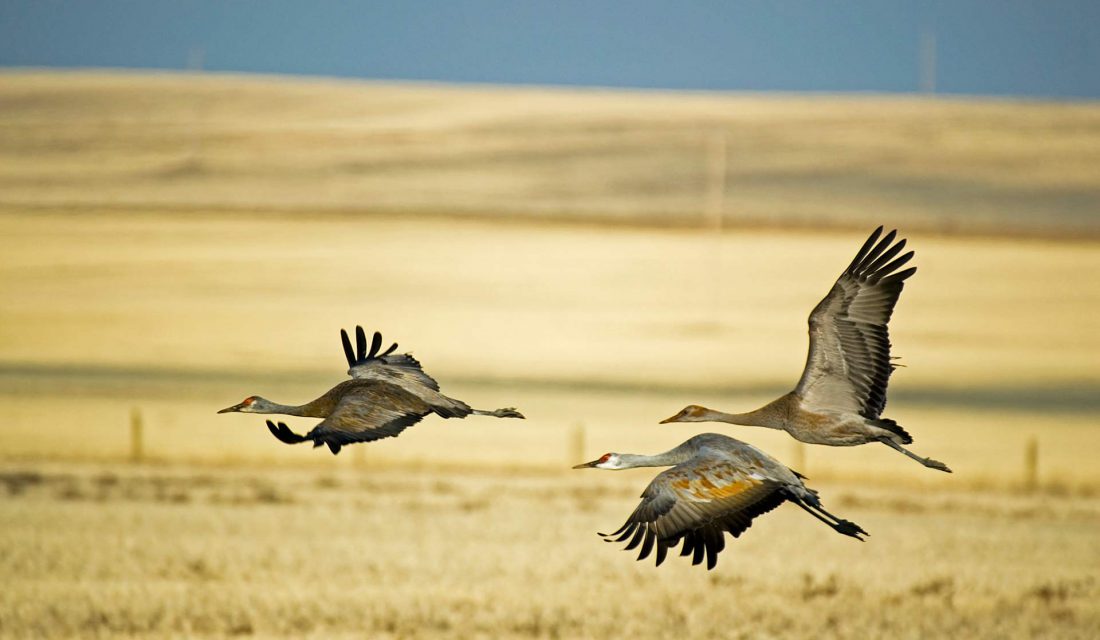
Birds are a beautiful and beloved sight across every Canadian habitat. But did you know that Canada’s 451 native bird species also help to keep our ecosystems and economy running smoothly? Sadly, many bird species are suffering steep population declines due primarily to habitat loss in Canada and Latin America. To date, Canada has lost 40 to 60 per cent of our grassland birds, shorebirds and aerial insectivores. That’s why CWF strongly supports the GBC recommendations on investments to help birds, including protecting important habitats and migration sites; working to restore populations for aerial insectivores, grassland birds and shorebirds; and furthering key science, research and conservation initiatives.
Wildlife Collision Reporting System
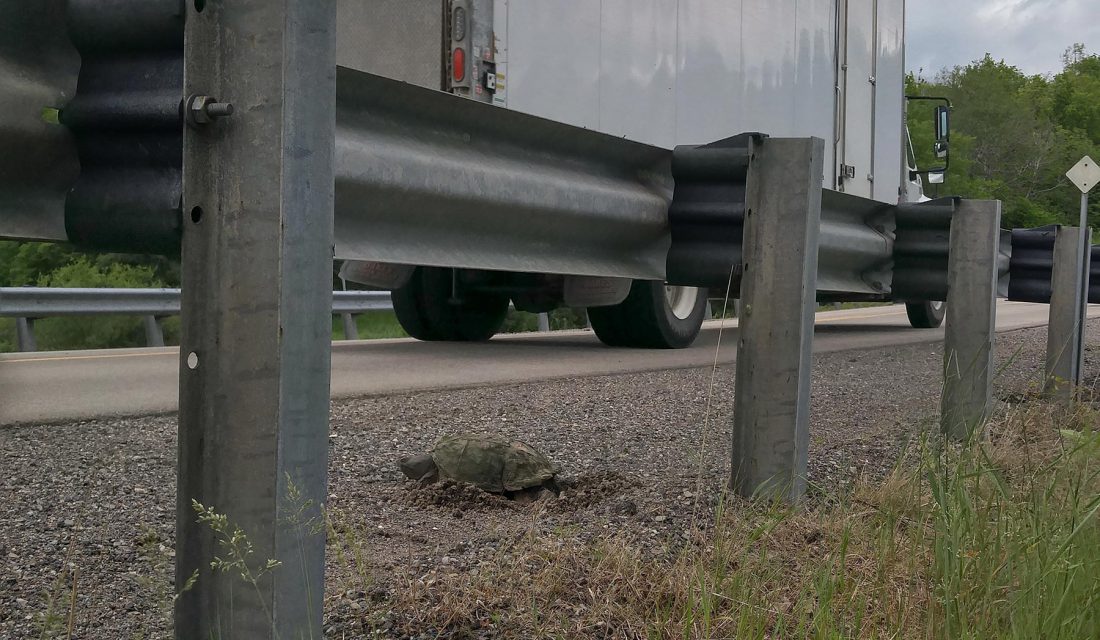
Wildlife-vehicle collisions are on the rise, impacting endangered species and incurring significant medical and environmental costs. The GBC recommends developing and implementing a national wildlife collision reporting system whose data can be used to implement collision mitigation measures. CWF is helping push this recommendation because collisions are a major issue for many of the species we are working to conserve. For example, our turtle program has been identifying road crossing hotspots and working to get fencing and underpasses in place to keep turtles and drivers safe.
Aquaculture
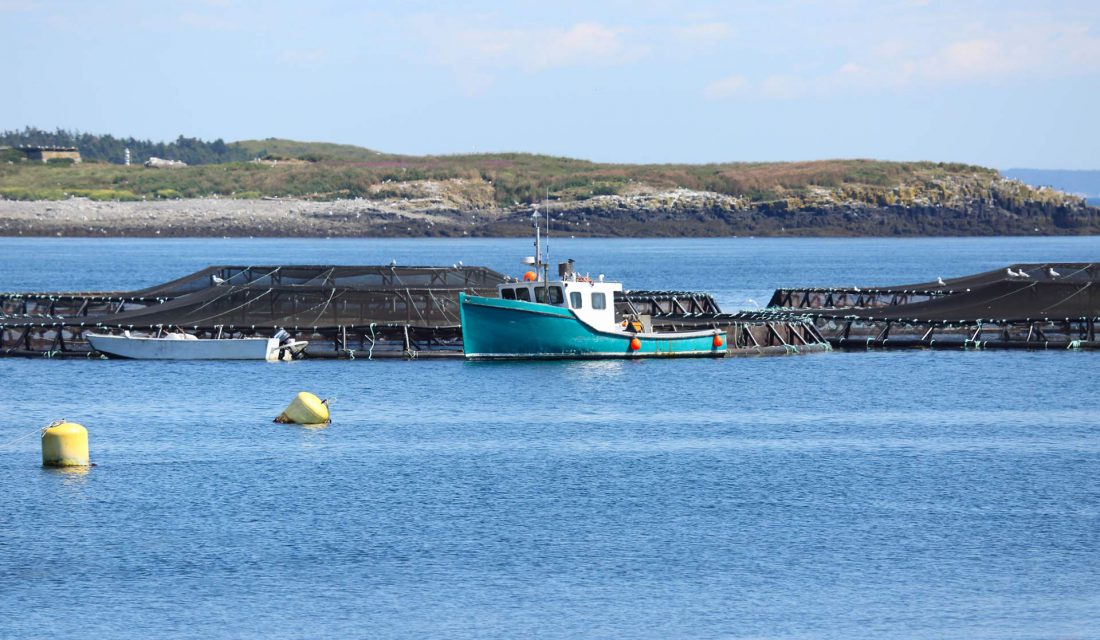
Aquaculture is the farming of fish species in net pens or cages that float in the ocean and are open to the natural environment. CWF has taken a strong stance against open-pen finfish aquaculture because of its significant impacts on fish and fish habitat. The Department of Fisheries and Oceans established a Sustainable Aquaculture Program to address some of the concerns around aquaculture and its sustainability, but the GBC recommends expanding and improving the program. Additional investments would help to ensure the aquaculture industry does not harm ocean health or infringe on Indigenous rights.
Sustainable Agriculture
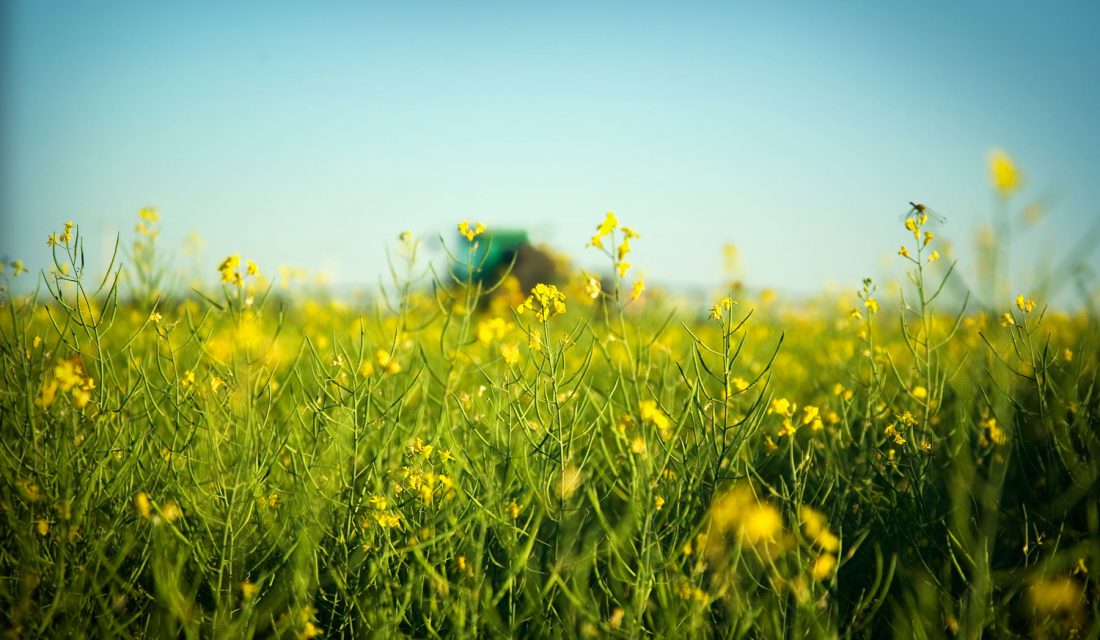
We need robust and resilient food systems to feed the world’s growing population in the face of climate change, but we need to achieve this without jeopardizing wildlife. Fortunately, we believe that Canada has the potential to become a world leader in environmentally sustainable agriculture. To help us get there, CWF has been a lead author on the sustainable agriculture recommendations for the past three years. CWF and the GBC are recommending strategic investments in programs to support wildlife and habitat conservation on farmland and to reduce the impacts of farming practices such as pesticide use on pollinators and other wildlife.
This is just a sample of the many thorough and essential recommendations from the Green Budget Coalition. We’re off to a great start; the Government of Canada has already made significant investments and commitments towards a more sustainable future, but there is more to be done. Take a look at the full Recommendations for Budget 2020 report and let us know your thoughts.

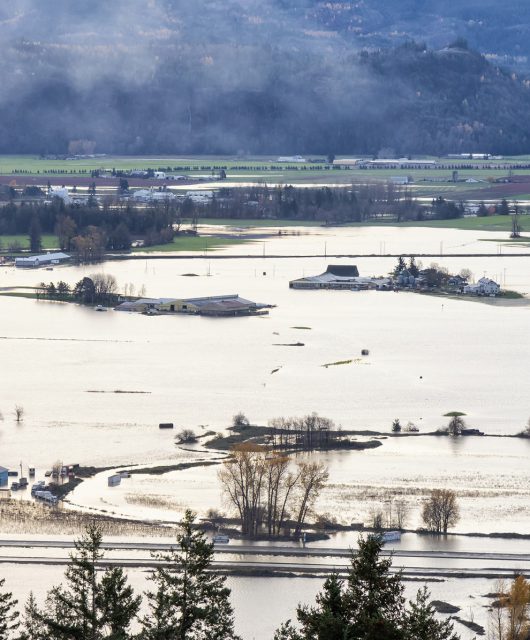
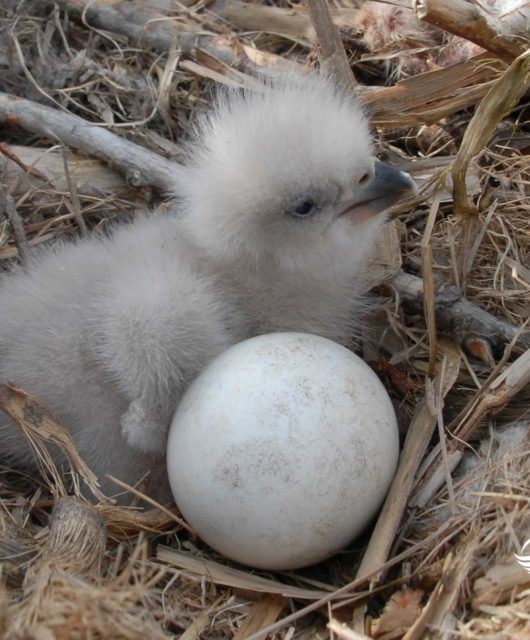

1 comment
My main concern is Wild Pacific Salmon and Pacific Herring. Open net pens housing Atlantic Salmon in our Pacific coastal waters has had devastating effect on our wild salmon as the pens are in the migratory path of juveniles on their way to feed and grow in the open Pacific. Diseases and parasites, also chemicals and antibiotics flow freely from the pens into surrounding waters and effluent and excrement contaminate the shellfish and bottom feeding species. The Cohen Commission made 38 recommendations, none of which have been implemented. The main recommendation, to transition to closed containment would be most helpful, but it is essential to get the net pens out of our salmon migratory paths.
Pacific Herring have been pushed almost to extinction by overfishing and the herring roe fishery. This is very wasteful and destructive to the whole ecosystem, as herring are an essential link in the food chain. Everything eats herring. They are a rich oil fish, essential food for Chinook salmon and hence Orcas, but also food for everything from sea birds to humpback whales, most other fish and marine mammals, and an important food for people. They are presently being turned into fish meal for pet food and to feed the feed-lot net pen Atlantic salmon fouling our waters. This absolutely has to change for the health of our oceans and as increasingly essential food for human use
I hope you can influence government to address these concerns.